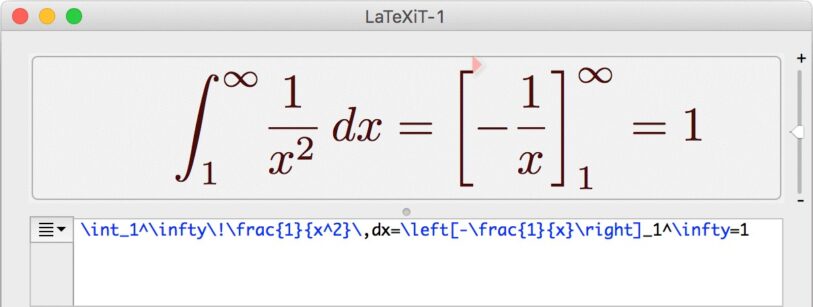
Mathdoc develops centre Mersenne, which provides a comprehensive diamond open access scientific publishing infrastructure. This means immediate open access, without publication fees for authors, nor subscription fees for readers. The centre Mersenne platform produces and distributes publications (journals, books, seminars and symposiums) from all national and international Science and Technology disciplines, with a significant core collection of mathematics journals.
Mathdoc’s scientific publishing activities first developed in the mid-2000s, in constant connection with the academic world. The aim was to meet expectations expressed by the mathematical community, which has historically been committed to facilitating the circulation of research results by providing technical support for the production and dissemination of peer-led publications at low cost, with a focus on free access (possibly after a period of restriction or “mobile barrier”).
Mathdoc therefore established the first mathematical foundation for these activities in 2005, with support from its supervisory authorities and in collaboration with journals: Cedram (centre for the dissemination of mathematical academic journals). In 2016, Cedram disseminated seven seminars, one book and nine maths journals, some with subscriptions, but with a maximum mobile barrier of five years: Cedram was therefore already well on its way to offering entirely free access to content. In 2017, Cedram took a decisive step towards open science: all journal content immediately became open access.
Mathdoc’s scientific publishing activities scaled up in 2018 as the open science movement intensified, spurred on by CNRS and UGA. Mathdoc created centre Mersenne, with comprehensive diamond open access scientific publishing infrastructure for all Science and Technology disciplines that traditionally use LaTeX. Centre Mersenne expands the disciplinary scope of Cedram by offering a larger range of services. Centre Mersenne therefore provides academic publishers with all the tools and services they need to manage, produce and disseminate scientific journals, including the entire editorial production process, from the submission of articles to their publication.
Centre Mersenne offers editorial support services for each journal, using tools such as OJS, among others. OJS makes it possible to manage the entire editorial workflow in a single place, from the author’s submission of an article to acceptance by the editorial committee, including all the exchanges involved between the author-reviewer-editorial committee. Centre Mersenne does not use OJS software for publishing, however.
To facilitate management of the editorial workflow and peer review, centre Mersenne configures and adapts a journal management software according to each journal’s editorial organisation system. Open Journal System (OJS) is a preferred solution for managing complex workflows.
• Installation and configuration of OJS: each journal has its own OJS instance configured and customised according to the journal’s editorial policy, peer review process and use of the software
• Hosting and maintenance: the software is hosted by centre Mersenne, which ensures that OJS runs smoothly and handles updates and backups
• Support: initial training and documentation are provided

This service produces structured PDFs (text and metadata) from LaTeX source files and standardises the layout according to the journal’s template.
The submitted articles, whether in .doc or .tex, are all formatted to the required standards in a LaTeX template specific to the journal. They may also be reviewed more extensively to correct language issues.
• Standards: layout and structure according to the journal’s LaTeX template, check and structure of the metadata and bibliography
• Review: spell check, grammar check, and syntax check
Centre Mersenne also offers other optional services:
• Plagiarism detection: access to the Turnitin’s iThenticate plagiarism detection tool, via Crossref’s Similarity Check service
• Editorial Secretariat: monitoring and management of the publication stages, from acceptance to publication (contact with the authors, document completeness checks, etc.)
• Print on demand

As soon as the journal has been accepted, it can take advantage of all the services associated with publication: online release and publication, visibility and interoperability, and permanent archiving.
Centre Mersenne offers the full range of services associated with publishing a scientific journal:
• Creation of a personalised website for each magazine (template and visual identity)
• Creation of a custom LaTeX template
• Interoperability: centre Mersenne assigns a DOI to all published articles via Crossref. All contents are exportable by OAI-PMH in oai_dc and XML JATS. The centre Mersenne platform is interoperable with the relevant digital infrastructure (BACON, BASE, EuDML and other databases indexing scientific publications, etc.) which allows a free and systematic download
• Reference database indexing assistance
• Addition of links to some databases (MathSciNet, ZbMath, Crossref…)
• Permanent archiving: the content hosted by centre Mersenne are archived via CLOCKSS
In addition, all of the journals’ content is deposited in disciplinary archives if they exist. The articles from mathematical journals at centre Mersenne may be accessed in the Numdam digital library one year after their publication.